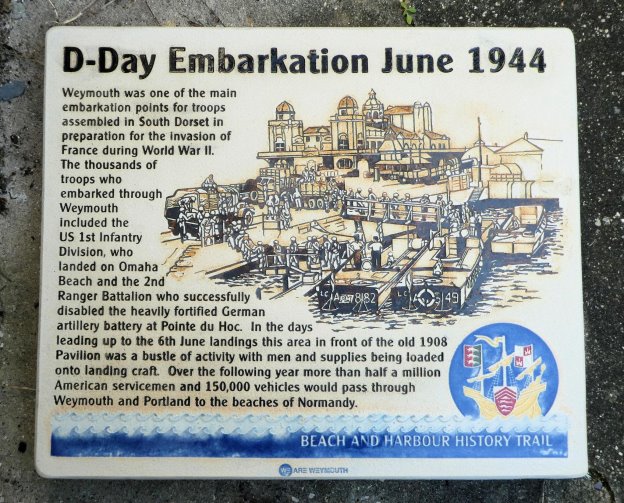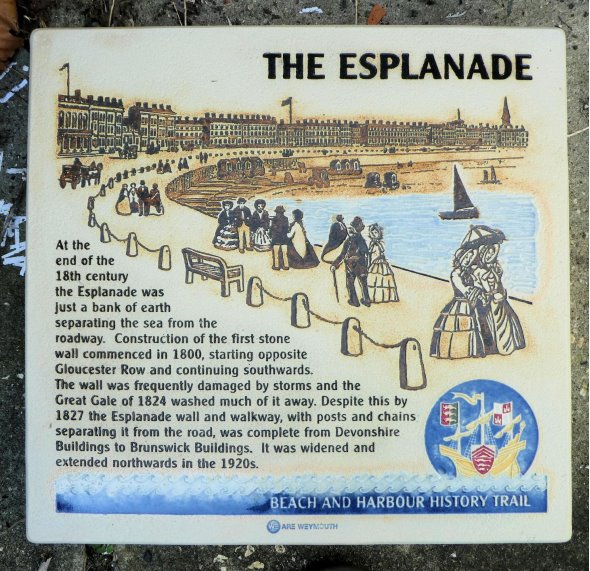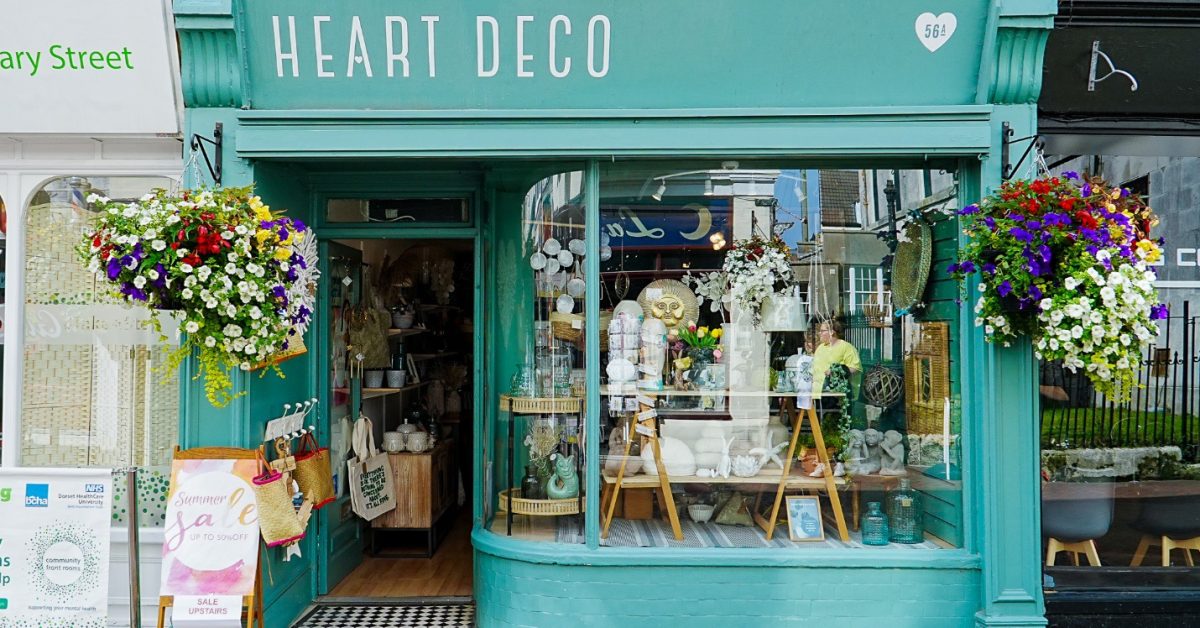We Are Weymouth, the town’s Business Improvement District (BID) is excited to announce the installation of six more custom designed ceramic paving slabs located at key historical landmarks throughout the town. The paving slabs were designed by Ned Heywood of Heritage Ceramics based on artwork supplied by Weymouth Museum’s local history centre which also provided the text. As part of the Heritage Trail, these paving slabs offer facts about the historical landmarks and help to showcase Weymouth’s rich and varied history.
The Heritage Trail is a walk through time around Weymouth including everything from the famous cannonball in Maiden Street to the plaque commemorating the entry of the Black Death to the UK in 1348. The 6 new paving slabs are:
- Town Pump & Old Rooms – outside the Old Rooms
- The Town Bridge – near the Rendezvous
- The Maiden Street Cannonball – opposite the cannonball
- D-Day Embarkation – by the Ferry Steps on Custom House Quay
- The Esplanade – on the promenade near Alexandra Gardens
- The Royal Dipping – on the promenade near the King’s Statue
Dawn Rondeau, Chief Operations Officer at We Are Weymouth (BID) comments: “We Are Weymouth is proud to celebrate the installation of a further six heritage slabs as part of the beach and harbour trail. The trail educates locals and visitors about our rich heritage and historical buildings; a draw for everyone in the area. We are proud to have installed the next phase of slabs as part of an initiative focused on improving Weymouth, with phase three scheduled for 2023. We are thrilled to install these heritage slabs providing a long-term legacy for the town; celebrating some of the town’s historical past.”
Two examples of the text on the new paving slab include:
THE ROYAL DIPPING 1789
George III visited Weymouth in June 1789 to convalesce from his first bout of mental illness, when doctors were recommending sea bathing as a cure for many ailments. A Royal bathing machine enabled the king to undress and enter the water with some privacy. The cartoon by John Nixon shows that his first dip in the sea was hardly private. The king visited Weymouth on 14 occasions between 1789 and 1805. The replica of his bathing machine now stands near the King’s Statue, unveiled in 1810.
TOWN PUMP & OLD ROOMS
In 1990 an old pump built in the 1770s just below High West Street to provide water for those living south of the harbour was moved and re-erected in front of the Old Rooms Inn. The inn, originally a late Tudor period house, was extended in the 18th century and used as the Assembly Rooms for public social gatherings. These rooms became redundant when new Assembly Rooms were built in the 1770s on the Esplanade in a more fashionable part of the town. By the early 1780s the old Rooms thus became the Old Rooms Inn.
Use the Beach and Harbour History Trail map to explore Weymouth’s rich history visit www.weymouthbid.co.uk After a day discovering all Weymouth’s historical secrets, why not stop for dinner in one of Weymouth’s award-winning restaurants or head to one of many live music menus. Don’t forget a cocktail or glass of wine on the seafront admiring the Bay. For full information on where to stay and what to do, head to www.weareweymouth.co.uk








